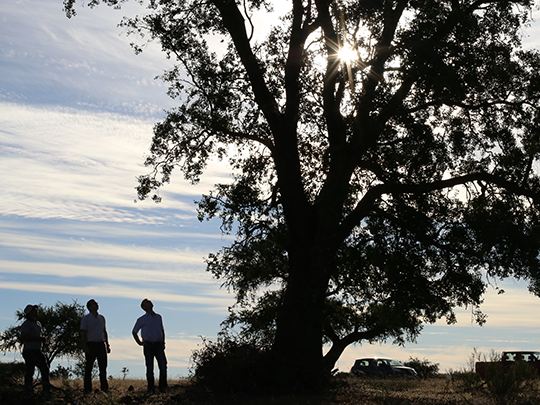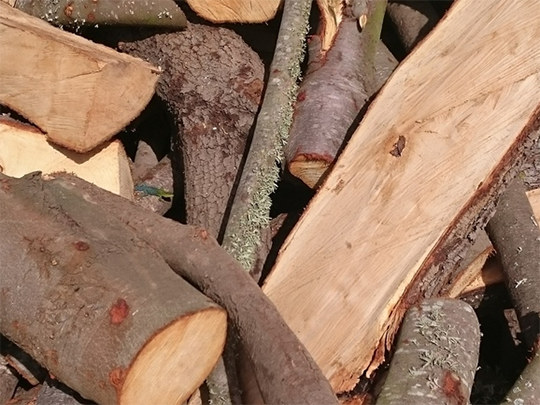Quillaja – A big tree with a big impact (part 1)
After presenting you a roadmap, considering of seven substance groups, we want to dive one step further into the phytogenic universe and take a precise look at various ingredients. But where to start? Saponins often stand in the shadows of other substance groups like essential oils. Therefore, we decided to put Quillaja as a first ingredient into the spotlight. Discover what impressive details will be unveiled!

Do you know that Quillaja is already a part of your daily life? Might be surprising to you, as this plant-based ingredient is not as well-known in comparison to herbs and spices used in kitchens worldwide. Even when going deeper into the phytogenic conversation –the group of saponins, where Quillaja belongs to, often stands in the shadows of other substance groups like essential oils. Quite inexplicable, when having a closer look at Quillaja’s broad spectrum of efficacy for humans and animals. A good reason to bring this important substance out of the dark.
Therefore, we will take you on a journey. Our destination? Chile, Latin America – the place where the up to 30 meters high and 100 years old Quillaja trees are native. The power of the phytogenic universe is tremendous, but often natural resources are limited. This is also the case with Quillaja trees. They only occur naturally in the wild and can hardly be cultured. Therefore, the forestry process is strictly regulated to be sustainable: The Chilean government gives out individual licenses to harvesters to ensure that only a certain number of trees will be cut down and processed. Usually only branches of trees are cut, not the entire tree. What else do you need to know to become a Quillaja expert?
Quillaja saponaria in portrait

Quillaja saponaria Molina, also known as the soap bark tree, is a hardwood tree and the only genus within the family of Quillajaceae belonging to the order of Fabales. It is an evergreen tree with white flowers and a dry fruit, solely inhabiting arid areas of South America. Active substances are mainly extracted out of the plant’s bark (but also the wood is used) by boiling Quillaja chips and subsequent evaporation to increase the concentration.
The word “quillay” is derived from the native Mapuche word “quillean” and means “to wash” – a strong reference to the distinctive foaming charactericstics of saponins.Therefore, Quillaja has been used since ancient times as soap, detergent and in traditional medicines to relieve cough and bronchitis1. In human food, Quillaja is widely used for example in water-based non-alcoholic drinks like soda, sport and electrolyte drinks, in candies and in cosmetics like lipsticks and shampoos.

More than just an ingredient for Delacon
Having the power to make an important contribution to animal nutrition and health, Quillaja saponins are a valued ingredient in some of our main products – among more than 100 other ingredients of the phytogenic universe.
Since 2014, Delacon co-owns a Quillaja production site in Chile called Fitotek. The strong partnership with Paolo Tamargo (CEO & co-owner) helps us to ensure the regular supply of Quillaja saponins in a standardized quality.
Do you want the entire article as PDF including all references?

You are only one click away.
What are the active ingredients of Quillaja and how to differentiate Quillaja from Yucca?

Marlene Forrai
Storyteller, foodie, life-long learner – may be the three words that describe me best. Unfortunately, you cannot make a living by only eating food, even though it’s healthy. Therefore, I have developed my skills in Marketing, Online Communications and Content Management to enlighten people around the globe about the power of nature and its contribution to animal as well as human health. Since February 2022, Marlene started a new career path outside of Delacon.










